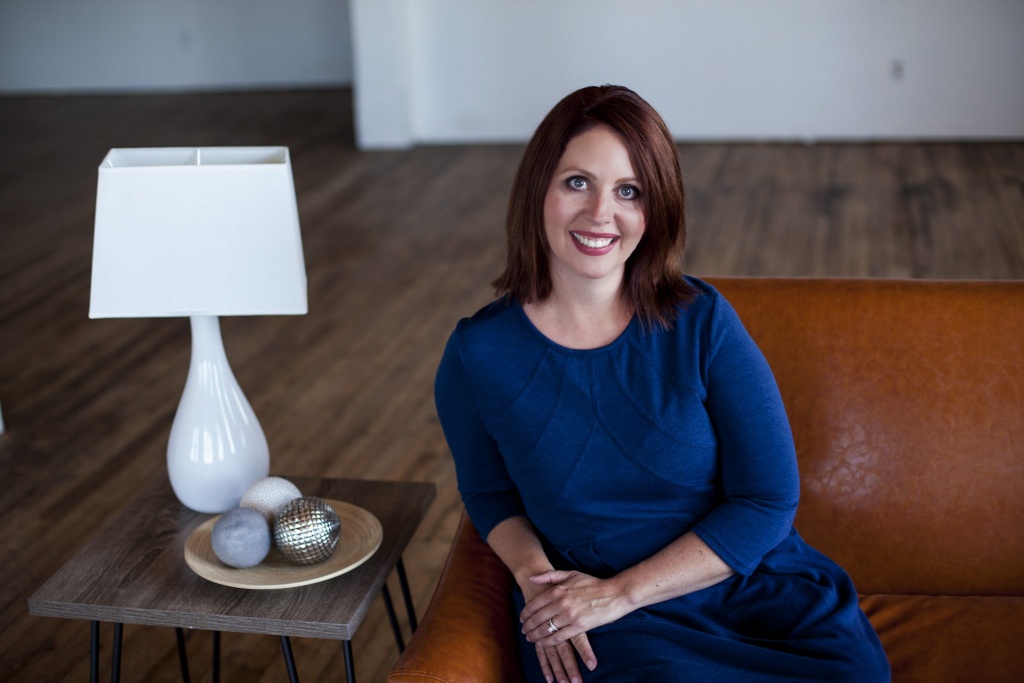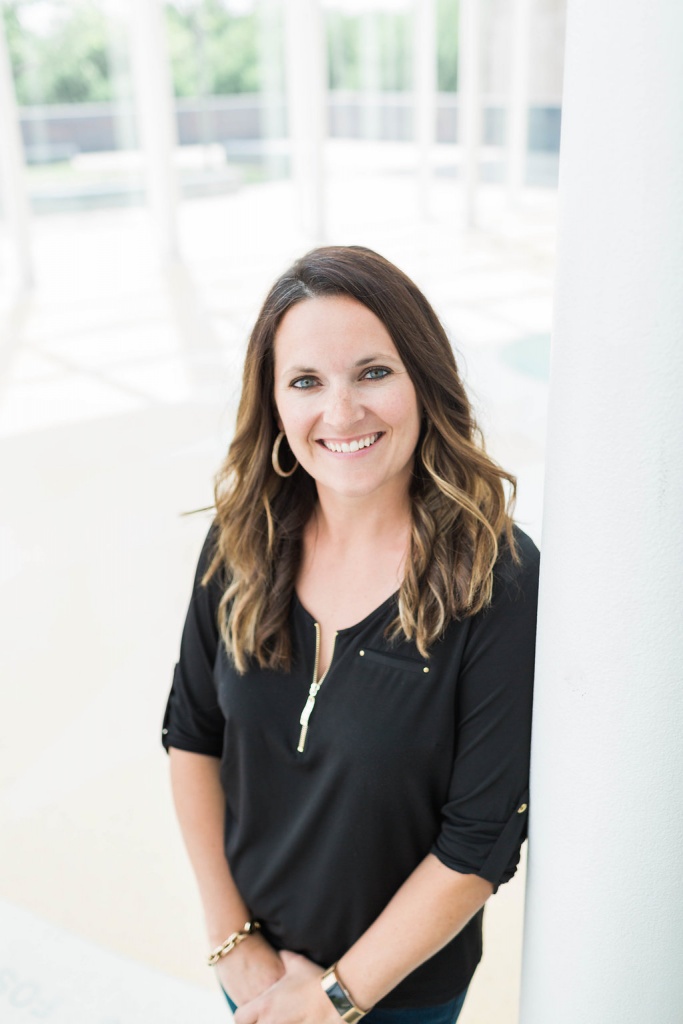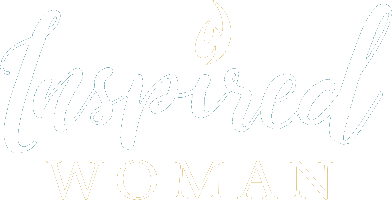By Marci Narum | Submitted Photos
“No one is perfect. That’s why pencils have erasers.” —unknown
Making mistakes is part of life, but they can still be painful. If you’re a mom watching your own child struggle in school, the pain is double—you feel yours and his. That was true for two Bismarck women who both knew they weren’t alone in the pain, nor were their kids. And they each took matters into their own hands. One has been helping students and families abandon their frustrations and celebrate success. The other is offering children and parents a new opportunity for success in learning and growth.
Alysia Budd: Inspiring Minds

Alysia Budd
Alysia Budd has watched her twin boys, Conner and Dillon, build and design amazing structures since they were old enough to put together Lego pieces.
“You should see the stuff they build,” says Alysia, her face beaming and eyes wide. “It’s incredible.”
The 11-year-olds will be designing and reading blueprints someday. Dillon says he wants to become an engineer; Conner—an architect. Both careers will require plenty of education. But a few years ago, Alysia saw her boys begin to struggle in school.
“The boys went from loving reading to absolutely hating it and crying and throwing books and papers across the room. It was heartbreaking.”
As an occupational therapist, Alysia saw the boys’ behaviors as warning signs. She had a hunch it might be dyslexia. Her husband has the neurologic condition, and because it’s genetic, she had the boys screened. Alysia’s suspicions were confirmed.
Doing Something About It
“I spent an entire day crying because I hadn’t caught it sooner. Then I pulled myself together and knew I needed to do something about it; I needed to help other families and children that were going through the same thing we were.”
Alysia became a dyslexia consultant and screener, certified in the Barton Reading & Spelling System, and got her graduate certificate in dyslexia and language-based disabilities.
“Once I began teaching my boys using Orton-Gillingham based structured literacy instruction, the frustrations for them and myself were no longer there. This approach works for all students but it is absolutely essential for individuals with dyslexia.”
In 2015 Alysia opened Inspired Minds Center for Dyslexia and Literacy in Bismarck. She and her team of five tutors have helped more than 150 families since then. And the nonprofit is growing.
Liz Jones’s daughter is one of the kids getting help.
“Toward the end of her kindergarten year we started to notice changes in her behavior at home,” Liz explains. “Whenever we practiced reading she would shut down and get frustrated. If we encouraged her to keep trying, it often ended in tears. She loved reading books before.”
Liz never imagined her daughter fit the profile for dyslexia. But she took her to see Alysia, who screened the five-year-old, identified the dyslexia, and started tutoring.
“Our students often come in very sad and defeated,” Alysia shares. “Even once children are identified, it takes a long time for them to realize there is nothing wrong with them. They are very smart, very capable, and have many gifted areas.”
It’s Not What You Think
Alysia says dyslexia is misunderstood. She says it’s a learning difference and that 35 years of research has shown the dyslexic brain is structured differently and processes information differently. Alysia says dyslexia is fairly common. One in five people are born with a dyslexic brain. She says people generally believe a person with dyslexia sees things backward, can’t read at all, or that one will just ‘grow out of it.’ She says it’s all untrue.
“The ‘wait and see’ approach doesn’t work for individuals with dyslexia,” Alysia explains. “They are born with this brain. The research has shown and proved that. It is genetic; [researchers] say it is linked to four genes, possibly six.”
Alysia says early intervention is best but it is never too late to get help. Her youngest son, Michael, also has dyslexia.
“I am so thankful to have been able to identify it early with Michael. He started Orton-Gillingham based tutoring when he was in preschool, when the symptoms of dyslexia began manifesting themselves. He is now ready for kindergarten, and as a mom, that feels really great!”
Liz is also a happy mom. She says her daughter likes reading again.
“We did all of her sight words that she has to know and she whipped through all of them, and was giggling at the ones she got wrong,” Liz smiles. “Before, she would have completely shut down. It’s fun to see that she’s confident again.”
“The success is the best part, Alysia adds. “You see such a turnaround in the kids and in their abilities. My own boys are thriving. They’re back to their very energetic, happy selves. And that’s the best part. That’s why we are doing this.”
Maggie Barth: The Innovation School

Maggie Barth
As a young girl, Maggie Barth always imagined she would spend her life being a teacher. She loved school and was a successful student. Now she’s the mother of two young boys, nine-year-old Wyatt and seven-year-old Sawyer. They are both successful academically but their schoolwork isn’t meaningful to them; they become bored and disinterested.
“I have one who fought the system from the beginning and now is just kind of apathetic about it. Now I have another that is so controlled at school and then he comes home and he’s bouncing off the walls. We need to find some balance so you can still be who you really are in school without having to be afraid of making a mistake or getting into trouble.”
Maggie says she was compelled to ask questions.
“Why does it have to be this way? Why can’t there be some flexibility? My boys are fitting into a traditional [school] model but why should they have to if that’s not really who they are?”
As she probed, Maggie discovered that many teachers had similar questions; that it’s a system issue rather than a teacher or school issue.
“For years the traditional education system has been to open up a student’s head and dump information in,” Maggie says. “The world is different now and the role of a teacher looks different in modern education. “They’re able to help kids research [content] and help connect them with experts. They become a researcher of the content and also of the student—who they are, what they are good at, and how to spark their interest and keep them challenged and engaged.”
In Search of Something Different
Maggie began doing her own research and set out to find a new approach to educating kids in Bismarck.
“I went on field trips. I realized we really could be doing things differently. There are all kinds of different things and we just didn’t have that. There are a lot of teachers who see that and want that, but in the rigidity of the structure it’s just hard to do.”
Maggie wanted to give her boys that ‘something different’ and she knew other parents wanted it for their children, too. Her research and work led her to opening the only private, nonprofit school of its kind in North Dakota, which Maggie describes as a place of “learning by doing.” The Innovation School in Bismarck employs three highly-qualified educators to teach grades K-5. The first semester of classes start September 6. Enrollment will be capped at 36 students.
“We always want to keep our class size 12 to one. But if we need to add another teacher we will,” Maggie explains. “We will have combined classrooms, even if we continue to grow. We talk about the ‘real world’ or ‘real life’ to these kids. This is their real world and real life, so why separate them just by their age?
“There’s a continuum of development for each child but it stops when they start [traditional] school. All students are taught the same curriculum. But here, we teach on a continuum, so we may have a second grader who is reading at a fourth grade level but might be at a first grade level in math. It doesn’t matter. We are able to help them right where they are and grow from there.”
Kayla Meisel of Bismarck says she and her husband wanted something more meaningful for their children than the ‘one-size-fits-all’ approach of the traditional school model. Their five-year-old daughter, Evelyn, will attend kindergarten at The Innovation School.
“We are thrilled at the idea of Evelyn receiving a creative, hands-on education that will allow her to discover her own genuine strengths and interests while encouraging her to think differently, develop a passion for learning, push herself, and have fun doing so,” Kayla shares.
Maggie says one of the biggest challenges in helping the public understand the concept of The Innovation School is that society has long been entrenched in traditional education. She says a shift in thinking will take time.
“Some people will say, ‘public school teachers do that too.’ But that’s not my fight. I’m actually not fighting against that and saying ‘that’s bad and we’re the best.’ I’m just trying to create an environment that I don’t see anywhere else.”
Maggie did not become a teacher as she imagined, although she does consider herself an organic educator for her boys. Wyatt and Sawyer are also her inspiration for founding The Innovation School and she believes the new learning environment will be a positive change for their education.
“I want to be hopeful that we’re starting to see some changes being made; where it’s okay to try something and fail. And I think kids in this environment are going to know more about who they are and what they need. So maybe they’re the ones who will help drive change too.”
Learn More:
- inspiringmindscenter.org
- 701-204-7100
- Click here to hear Alysia as she shares more about research on the dyslexic brain.
- Click here to read “The Misunderstood World of Dyslexia,” written by a mother who shares her gratitude after getting help for her son at Inspiring Minds Center for Dyslexia and Literacy.
- theinnovationschool.us
- 701-354-1100
- Click here to hear Maggie share her ideas about seeing teachers and students as resources.
